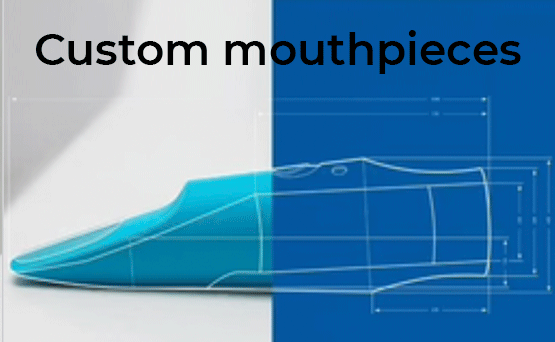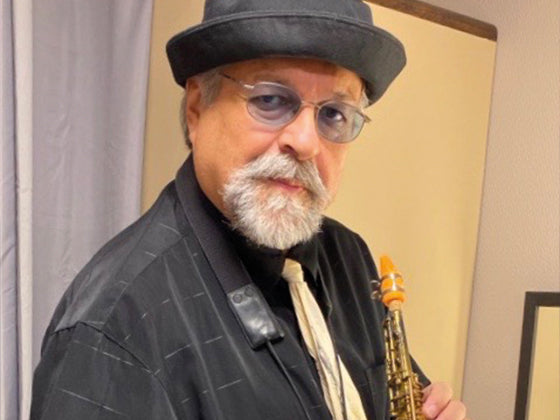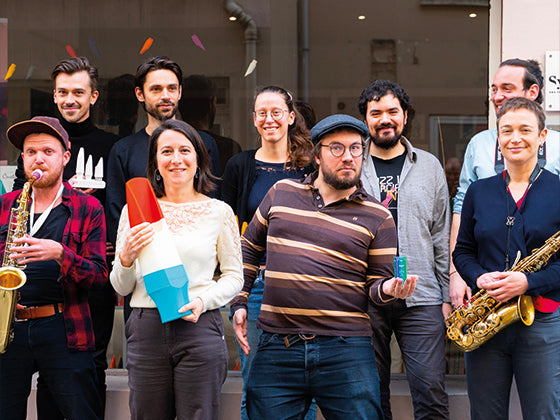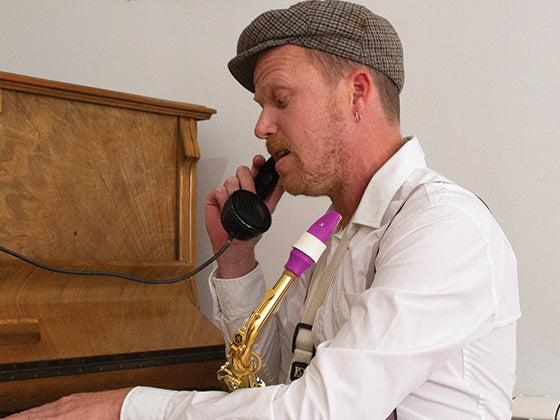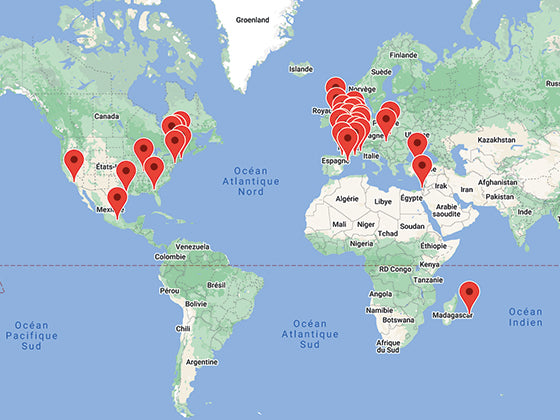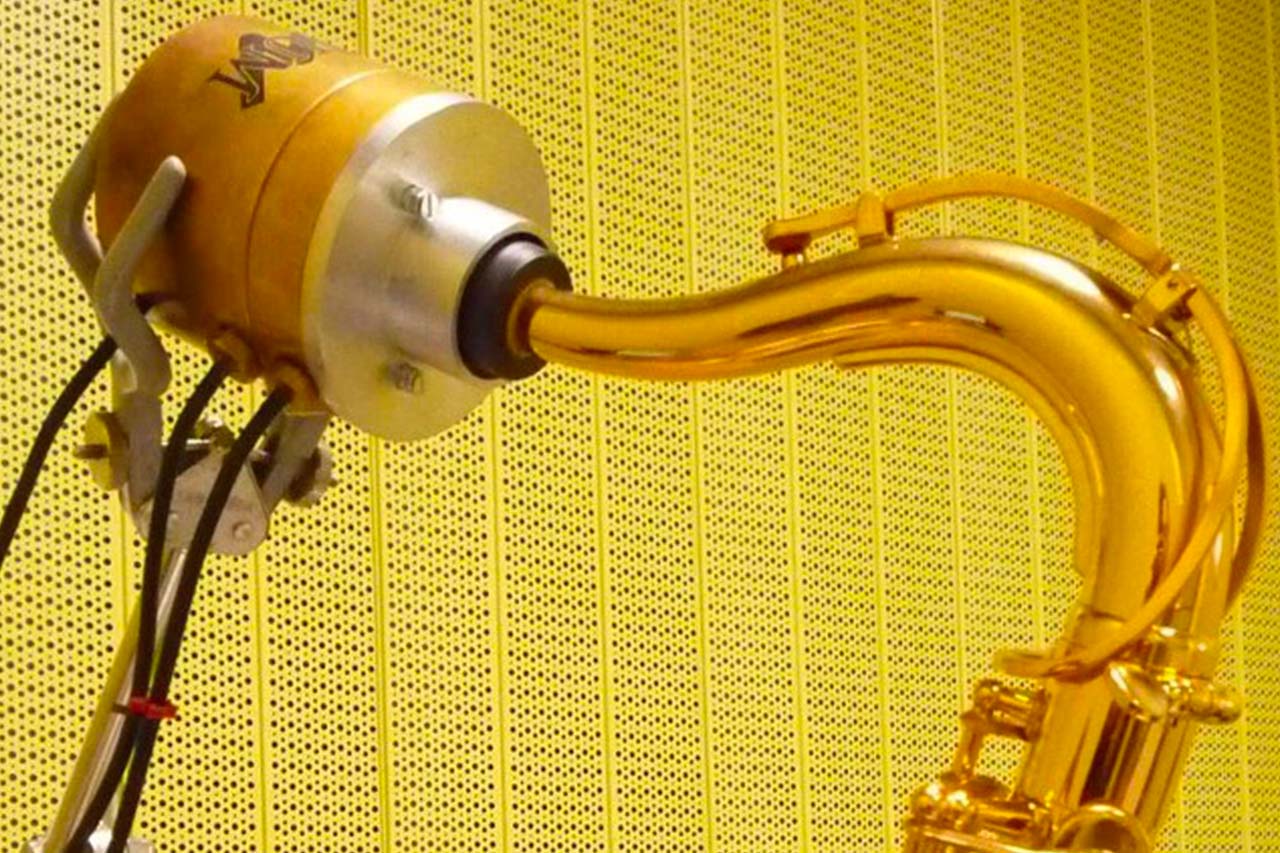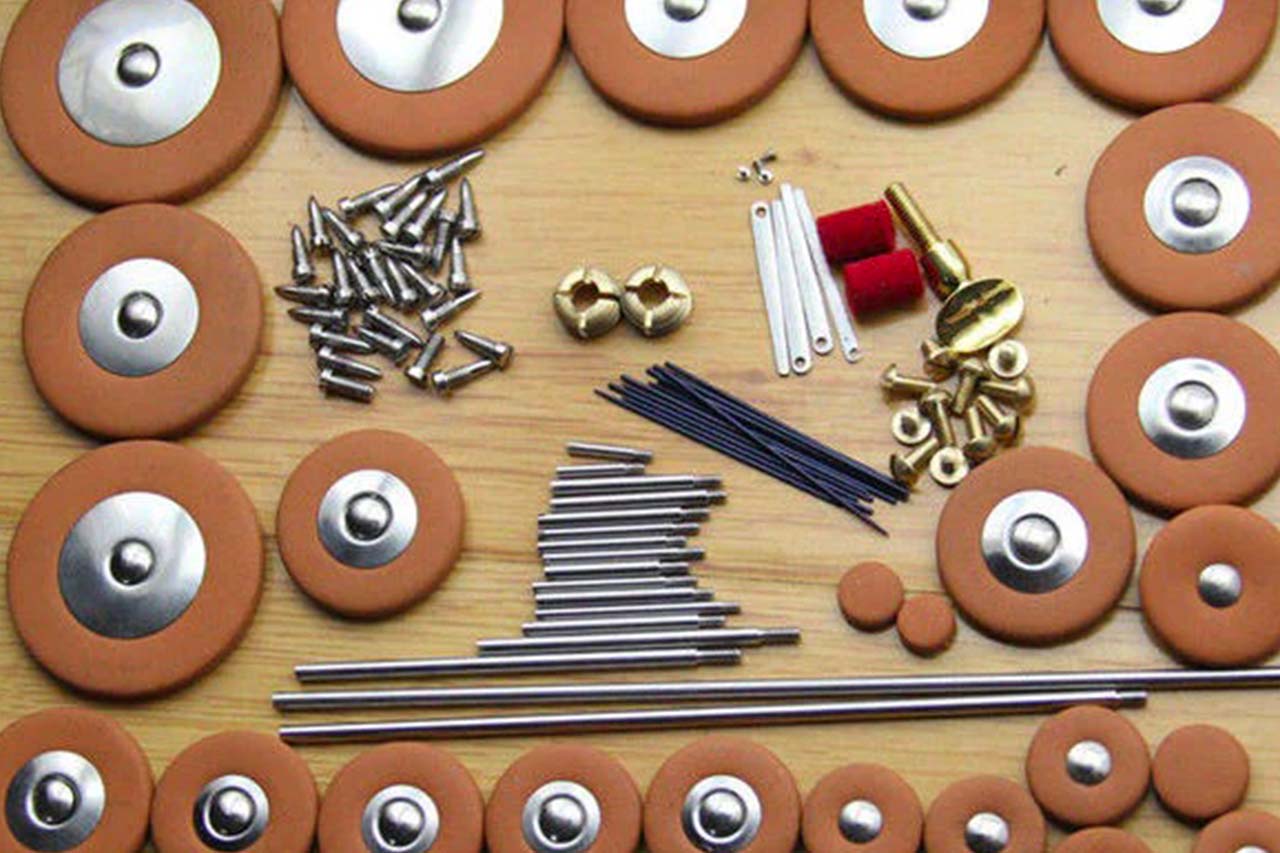Computational methods are used in many industries: designing airplane parts, car manufacturing, domestic product design, medical equipement... and even in your toothpaste and toothbrush design! So why not in musical instruments? This is what two young researchers had in mind in 2016, and that's why Syos was created. Today we present you another Syos job: the simulation engineer.
What it is exactly?
Our goal at Syos is to study musical instruments in order to understand how its characteristics modify the sound and ease of play. It's possible to scientifically replicate the way an instrument works to predict its qualities before actually crafting it. A model is a programme that emulates the object's behavior from mathematical equations that represent physical phenomenons.

At Syos we work on computing the air flow behaviour inside a mouthpiece. With these models we can:
-
have a better understanding of the way the mouthpiece works, how the air flow is deviated by different kinds of baffle, and how this will impact the sound.
-
predict the acoustic properties of a mouthpiece without having to craft it and have it tested by 20 or 30 musicians to have a statistically significant dataset.
-
calculate which improvements must be made on a mouthpiece to modify the sound in a precise direction.
But how does it works?
The method consists in simulating the air flow in a cavity or on a surface. Such processes are often used to design airplane or car parts...

If you are familiar with science, you must have studied physical phenomenona that can be described by equations: a falling object or a swinging pendulum (Gravity), air which is put under pressure (Ideal gas law), electrical circuit behavior (Kirchhoff's point rule / nodal rule)...
However, most of the physical phenomenon are far more complex and can't be described with a simple mathematical formula. This is the case with air flow or water flow, and also mechanical stress inside an object. For these phenomenons, more advanced methods must be used.
Finite element method
Finite element method is a way to solve numerically physical equations. It is used when the physical laws that rule the phenomenon are complex and can't be solved by simple mathematical operations. Here is a simplified explanation of the method:
-
The object to study is divided into very small parts (this division is called the grid).
-
In a small element, physical equations can be simplified. Air velocity and pressure can be calculated more simply.
-
The result of what happens in an element helps us to calculate what will happen in the following elements.

The saxophone or clarinet mouthpiece
In the case of the saxophone or clarinet mouthpiece, the finite element method can be used to simulate the air flow in the internal cavity. Variables that are the most relevant are the acoustic pressure and the air flow velocity in the mouthpiece. Different results are observed regarding the mouthpiece geometry. The longest step is creating the grid: that's to say recreating the mouthpiece, they can have different sizes, different shapes that may vary from one point of the model to another.

The next step is to launch the simulation: the calculation can keep a computer busy for 24 hours. And that's not all! The vibrations of the reed have to be taken into account because they have a significant impact on the air flow behavior: it's what is called fluid-structure interactions, and this detail is what makes the models far more complex (these calculations can take several days or weeks, depending on the computer you are using).
So here is the description of the job:
| 25% | Bibliographic research, study of the physical phenomena, research on new simulation technologies |
| 25% | Building of the models, finite element grid setting, optimization of simulation parameters |
| 50% | Data processing, analysis of the simulation resutls, comparison of the data with acoustic measures and with the data collected from test sessions with musicians |
If you like the science, and if you like the idea that an engineer made a numerical simulation of the air flow inside your mouthpiece geometry, it's the time to order a Syos mouthpiece! And you can talk with the other musicians about finite elements, and you're gonna look so cool!
See the other Syos jobs:

